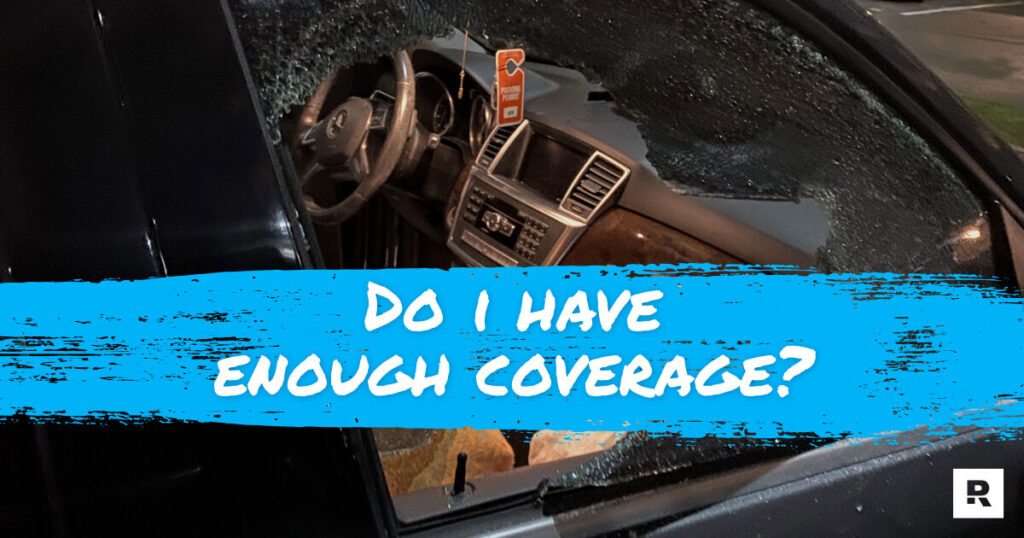The 5 Car Insurance Terms You Need To Know

UNITED STATES—When you purchase car insurance, you enter into a contract with an insurance company. This contract will outline the terms of your coverage and what the insurance company agrees to pay for in the event of an accident. To help you understand the different car insurance terms you may come across, we have compiled a list of the most important ones.
1. Comprehensive Coverage
Comprehensive coverage is a type of car insurance that covers damages to your car that are not caused by collision or theft, including damages from weather, fire, or vandalism. Comprehensive coverage is not required in all states but is typically included in full car insurance policies.
2. Car Insurance Premium
Your car insurance premium is the amount you pay your insurance company annually for coverage. Premiums are typically paid monthly but can also be paid in one lump sum. The premium you pay is based on several factors, including the car you drive, your driving record, your age, where you live, and more. Insurance companies use all these factors to calculate your premium and offer you the best possible rate.
3. Add-on Covers
An add-on cover is an additional benefit that can be added to your car insurance policy for an extra cost. These covers provide additional protection and can be tailored to your specific needs. Some common add-on covers include windscreen cover, personal belongings cover, and excess protection cover. You can typically add these covers to your policy at the time of purchase or renewal. Adding an add-on cover to your policy can provide you with peace of mind and additional protection in the event of an accident or theft.
4. Cause of Loss
A “cause of loss” is the event or event leading to a loss covered by an insurance policy. In the context of car insurance, the cause of loss would typically be an accident, theft, or weather damage. Your car insurance policy will list the specific causes of loss. For example, a standard car insurance policy usually covers losses due to accidents, theft, fire, and weather damage. Some policies may also cover additional causes of loss, such as vandalism or flooding.
5. Damages
In insurance, damages are the amount of money an insurer must pay the insured for a covered loss. The amount of damages is typically based on the type and severity of the loss, as well as the policy limits. Two types of damages may be awarded in an insurance claim: compensatory and punitive damages. Compensatory damages are intended to restore the insured to their position before the loss occurs.
On the other hand, punitive damages are intended to punish the insurer for wrongful or egregious conduct. While damages are typically paid by the insurer, in some cases, the insured may be responsible for paying a portion of the damages. This is typically the case when the insured is found to be at fault for the loss.
Endnote
There are a lot of different car insurance terms out there, and it can be tough to keep track of them all. However, you should always keep a few key terms in mind. This article has provided a brief overview of five of the most important car insurance terms. By familiarizing yourself with these terms, you can be sure that you’re always getting the best coverage for your needs.
The post The 5 Car Insurance Terms You Need To Know appeared first on Canyon News.
This content was originally published here.




Responses